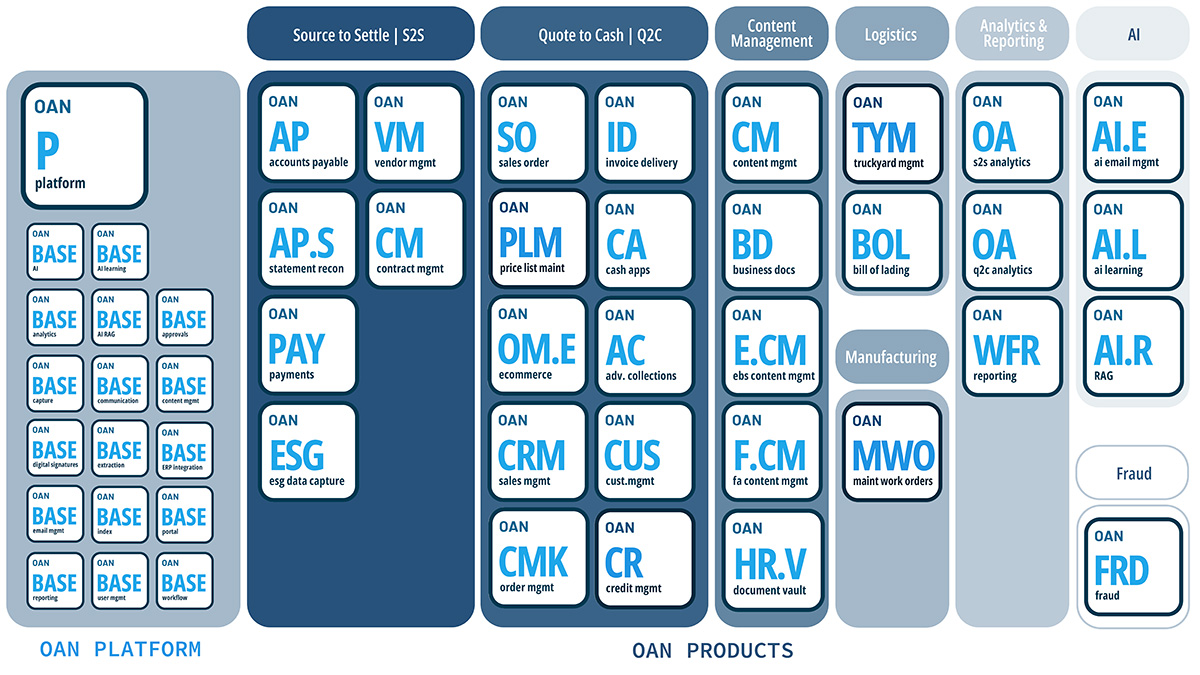In Oracle Application Express (APEX) new Dynamic Content Regions provide a flexible, customizable, and efficient way to display content within an APEX application.
In a low-code Oracle APEX application developers may want to design a custom region with manually generated HTML. With the new release of APEX 22.2, the functionality has been improved to enable some additional features.
The PL/SQL Dynamic Content region type is now marked as a legacy component, replaced by the new Dynamic Content region. The new region type is very similar, with some key differences:
- Dynamic Content regions are now refreshable
- New region supports lazy loading
- Content can be written in PL/SQL or Javascript MLE (with 21c databases and above)
Why Use Dynamic Content Regions?
When one of the many standard APEX regions, items, or buttons do not support an application’s rigid requirements, it may be necessary to use a Dynamic Content region.
For many web developers who are comfortable designing with HTML, Javascript and CSS using Dynamic Content regions may be preferred when first learning Oracle APEX. For complicated layouts, or converting old applications into the APEX platform, the Dynamic Content region gives developers additional flexibility.
The legacy region, PL/SQL Dynamic Content is still available in APEX 22.2. In this region developers had to output HTML using the htp.p or apex_util.prn functions. In the new release of 22.2 developers can output HTML as a CLOB.
Example of the new Dynamic Content Region in Oracle APEX
Below is an example of a form with the new refreshable Dynamic Content Region.
When selecting different employees from the Employee Name select list, the employee information region built with a Dynamic Content Region is refreshed with a Dynamic Action on the Employee Name select list.
The Employee Info Dynamic Content region is returns a simple html string that shows additional information on the Employee selected on the form. The region refreshes when the select list changes.
Oracle APEX – Why do businesses choose it?
Oracle APEX was built from the ground up to help developers build sleek, cutting-edge, responsive applications without the need for experts. It is designed to empower developers to deliver innovative applications with improved performance, updated functionality, and an enhanced user experience.
Application Development Flexibility with Oracle APEX
In addition to the flexibility that features like the new Dynamic Content Region bring to Oracle APEX, there are other key factors that contribute to the platform’s flexibility:
Extensive Customization Options: Oracle APEX provides a wide range of customization options that allow developers to create applications with unique designs and functionality. This includes the ability to use custom templates, themes, and styles to tailor the look and feel of an application.
Support for multiple data sources: Oracle APEX can work with a variety of data sources, including the Oracle Database, third-party databases, and web services. This means that businesses can use APEX to build applications that integrate with their existing data sources, regardless of where that data is stored.
Advanced web development capabilities: Oracle APEX supports modern web development technologies such as HTML5, CSS3, and JavaScript, which allows developers to build responsive and dynamic web applications. Additionally, APEX includes built-in support for RESTful web services, which can be used to create integrations with other web applications.
Modern and modular Architecture: Oracle APEX uses a modular architecture, which makes it easy to develop and manage complex applications. Developers can create reusable components such as pages, regions, and plugins, which can be easily shared across multiple applications.

